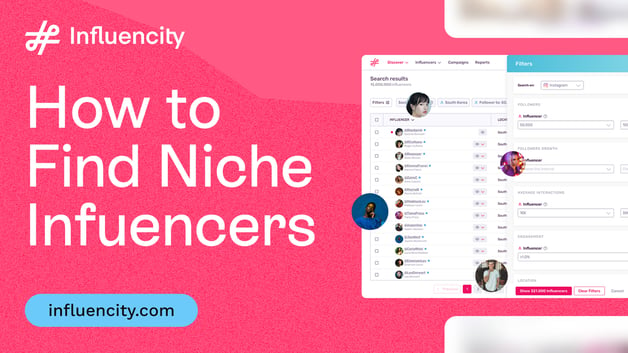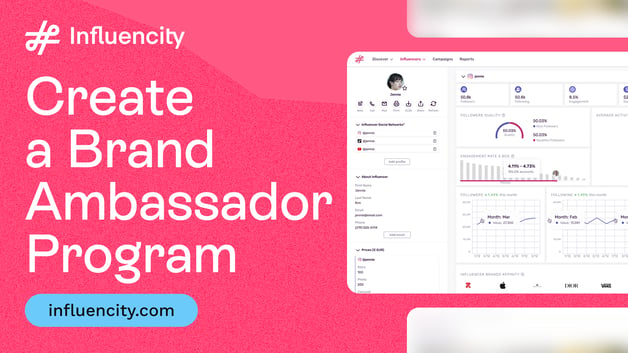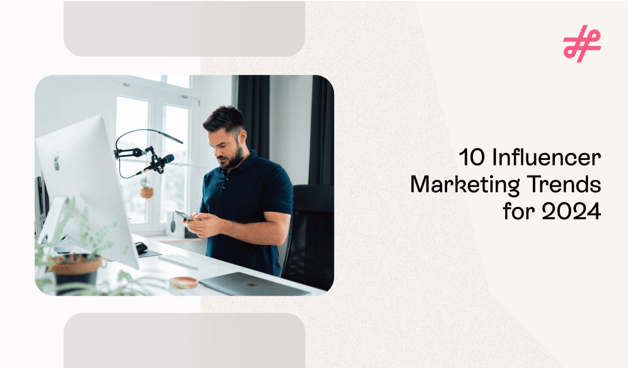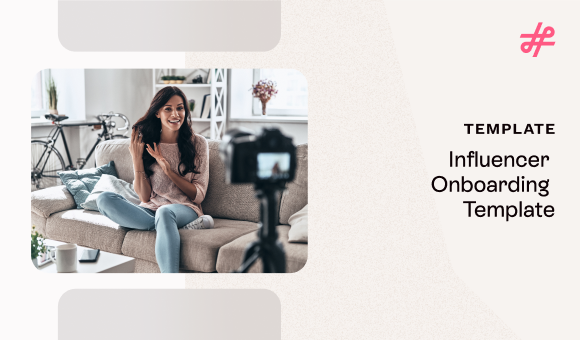Digital Marketing Strategy
Content Marketing Lessons from Oprah Winfrey: How to Build Trust, Not Just Traffic
Digital Marketing Strategy
There are brands… and then there are movements. Oprah Winfrey built the latter.
Long before social media algorithms or branded content calendars, Oprah mastered the art of value-first storytelling. She built belief systems. Her talk show educated, healed, and humanized. That’s the power of what we now call content marketing at its highest level.
Today, marketers refer to “The Oprah Effect” to describe the near-mythical influence she holds over what people buy, think, and feel. But the real takeaway is her resonance. Oprah knows how to make an audience feel seen. She turned vulnerability into virality and conversations into conversion — all without selling, shouting, or shortcutting.
As content marketers, creators, and brand leaders, we have everything to gain from studying her strategy. Because Oprah creates meaning. She builds trust at scale — and in today’s creator economy that’s the most valuable currency of all.
Let me break down for you her timeless lessons behind Oprah’s content marketing genius and how you can use them to build a brand that doesn't just perform, but profoundly connects.
1. Start With the Why
As an influencer marketing strategist, I live by a golden rule that Oprah Winfrey embedded into the very DNA of modern media: Start with purpose.
Oprah asked questions that cracked people open. “Why are you here? What’s the lesson? How can this serve others?” These weren’t just philosophical musings; they were content filters. Her entire career, from The Oprah Winfrey Show to Super Soul Sunday, revolved around one core belief: content should mean something.
Intent > Impressions
We’ve all seen campaigns that feel like they were born in a metrics spreadsheet, product placement in a dance trend, a “#blessed” caption slapped on a skincare flatlay, or worse, a 30-second ad dressed up as “day in the life” content.
@rachellldaguanno If LRP has one fan, it is me. #larocheposay #makeupthatisskincare #skincaremakeup #shook #ifshehasonefanitsme #fullfacemakeup
♬ original sound - Rach D’Aguanno
And guess what? The audience feels it. A recent study found that 63% of people trust influencers less when they promote products that don’t align with their usual content.
So the question becomes: why post at all?
Strategic Tip for Agencies & Brands
Before approving that influencer brief, sit down with your team and ask:
- What are we actually trying to say here?
- Why does this partnership make sense?
- How will this piece of content serve the creator’s audience not just our goals?
If your only answer is reach, you’re not ready to hit publish.
Think about Oprah’s infamous Book Club. She didn’t just recommend reads but she recommended experiences that everyone sought after! Stories that could shift perspectives, start conversations, or create community. That’s the difference between noise and narrative.
Brand Case: Nike’s "Winning Isn't for Everyone"
Nike’s summer “"Winning Isn't for Everyone,” (2024) campaign, was a bold declaration of purpose. Launched alongside the Paris Olympics, the campaign celebrates the grit, sacrifice, and unrelenting drive of athletes around the globe.
Created by Wieden+Kennedy, it reframes ambition as something to be proud of, not hidden. Reminding the world that the will to win is universal, and greatness is within reach for anyone willing to chase it. Engagement soared not because the ad was flashy, but because the purpose was clear.
Pro Tip: In a world of content clutter, clarity of purpose is your sharpest tool. Lead with a reason. Lead with why. Because when the intention is real, the impact is too.
2. Authenticity Wins Every Time
Let’s talk about the moment. Oprah, in her iconic red suit, wheeling out 67 pounds of fat onto a live stage — her fat — to show the world what she had lost. It was raw. It was unscripted. And it was unforgettable.
That moment was about radical honesty, something most brands still tiptoe around. Oprah didn’t build a billion-dollar brand by being perfect. She built it by being real, even when it was messy, emotional, or uncomfortable. Especially then.
Realness is the New Relevance
In influencer marketing, authenticity has been overused to the point of dilution, slapped onto decks and briefs like a buzzword. But here’s the thing: according to Shopify, 90% of consumers say authenticity is important when deciding which brands they support, and another study says that 75% of marketing professionals believe that user-generated content feels more authentic than brand-created content.
So why are we still sanitizing every campaign?
@mahaaa.c I HATE PRIMER but this technique actually worked so wellll😍😍 #fyp #makeup #relatable #makeuphack
♬ original sound - Jay
Strategic Tip for Agencies & Brands
The next time you’re planning a campaign, ask your creators:
- What’s the real story behind this product in your life?
- What challenge did it solve — or not solve?
- What would you say about it if there were no contract at all?
Then listen. Let them say it in their own voice. Let them be human.
Because people connect with permission. Permission to fail, to feel, to evolve. Oprah gave us that over and over again. And that’s why we trusted her, followed her, bought the books she read and the creams she liked.
Brand Case: Dove’s #NewYearsUnresolution
One of the most powerful examples of authenticity in recent brand storytelling? Dove’s #NewYearsUnresolution campaign. Instead of pushing picture-perfect ideals for 2025, Dove invited women to reject unrealistic beauty standards — literally tearing them up — and publicly commit to embracing what they already love about themselves.
@jennyyyy_fit Setting a unresolution with @Dove Beauty & Personal Care #AD #NewYearsUnresolution #DovePartner #DoveSelfEsteemProject
♬ Upbeat, fun and bright rock'n'roll(1368783) - $PHIN35
With a branded TikTok effect and viral user participation, the campaign created connections. Because in a space oversaturated with perfection, realness cuts through. And credibility? That’s the new currency of influence.
Vulnerability is magnetic. Honesty is scalable. If you’re a brand or agency still clinging to overly curated messaging, consider this your wake-up call: in a world drowning in polish, being human is the most powerful call to action.
3. Teach What You Learn
If Martha Stewart is the queen of “show and tell,” Oprah is the master of “learn and share.”She didn’t sit on top of a mountain dispensing wisdom. She sat with her audience, asking the same questions they were too afraid to voice. Sometimes it was unpacking trauma with Brené Brown or exploring ego with Eckhart Tolle, Oprah brought the world into her own process of discovery. And that’s what made it powerful.
She made the learning itself the content.
Strategy Tip: Lead With Curiosity, Not Certainty
One of the biggest mistakes I see in brand content? Acting like a know-it-all. Authority is earned, not assumed. The best-performing content in influencer marketing right now is the in-process, the “here’s what we’re trying” or “here’s what surprised us” format.
That’s what makes creators like @sharonsaysso (who turns government 101 into viral explainers) or @lizmosss (who live-unboxes SEO strategies in real time) so sticky: they’re teaching while learning. And that’s magnetic.
Turn Transparency Into Loyalty
When your brand says, “Here’s what we’re figuring out, and here’s how it’s going,” you stop sounding like a brand and start sounding like a person. People root for people. It’s that simple.

Use moments of education as loyalty builders:
- Launching a new product? Share the inspiration and the prototypes that didn’t work.
- Testing a new campaign format? Invite followers into the experiment.
- Working with a new influencer? Let them take your audience behind the scenes of the partnership.
You’re showing your audience how you got there.
For Agencies and Brands
In briefs, give creators room to share what they’re learning, not just what they already know. The best partnerships feel less like lectures and more like conversations.
So next time you're building a content plan, remember:
You don’t have to be an expert. You just have to be the most curious person in the room. That’s the Oprah way. And it works.
4. Make It Personal… Then Make It Scalable
If there’s one thing Oprah has mastered, it’s the art of intimacy at scale.
She can be broadcasting to millions and yet somehow, it feels like she’s talking just to you. That’s not an accident. She filters every piece of content through a deeply personal lens. And that’s exactly why it resonates.
This is where so many influencer and content strategies fall short. They broadcast when they should be whispering. They generalize when they should get specific. But here’s the truth: you don’t have to choose between reach and relevance. You just have to frame big ideas through a personal lens.
Strategy Insight for Marketers & Agencies
- Use first-person language. "Here's what changed for me…" > "Our Q4 results show…"
- Build around real needs. Oprah says things like, “This helped me sleep better,” or “This changed my mornings.” You felt the why.
- Design with empathy. Personalization doesn’t just mean slapping a first name on an email. It means anticipating what people actually need — and offering it before they ask.
Real Talk: Empathy Converts
According to Accenture, at least 83% of consumers say they value brands that put people before profits. That starts with how you speak to them.
When influencers share product recs tied to personal stories, the impact is 22x more likely to result in engagement than generic ads. Why? Because humans remember emotion, not just features.
So whether you’re scripting an Instagram Reel, writing a newsletter, or briefing a creator for a holiday collab, ask yourself:
- Does this sound like a human?
- Does this sound like a friend?
- Does this sound like something Oprah would say over tea?
That’s the secret to longevity. That’s the Oprah effect.
Brand Case: Emily Blackwell x Clearblue
Empathy is what made Emily Blackwell’s collaboration with Clearblue truly stand out.
Best known for her role on Made in Chelsea, Emily has cultivated a loyal following by sharing unfiltered glimpses into her real life. But her pregnancy announcement, done in partnership with Clearblue, was based on that connection. The campaign centered on a deeply personal milestone, shared with vulnerability and care.
Instead of promoting from a distance, Emily invited her audience into a moment of transition, uncertainty, and joy. She blended emotional storytelling with informative content about pregnancy planning, turning a branded post into a source of comfort and validation for thousands navigating similar paths.
Key Aspects to Make Empathy Work
- Emotional Transparency: Emily’s openness allowed followers to see themselves in her experience, creating a two-way emotional bond.
- Supportive Education: Beyond emotion, the content provided useful information, helping viewers feel seen and supported.
- Purposeful Alignment: The brand fit was spot on. Clearblue was more than her sponsor, it was a trusted partner on an intimate journey.
5. Use Your Platform to Uplift Others
One of Oprah’s most powerful and profitable moves? Sharing the mic. From launching careers (hello, Dr. Phil, Brené Brown, and Eckhart Tolle) to give everyday people a global stage, Oprah didn’t JUST build a media empire on her own voice, she built it by elevating others. And that, right there, is where true influence lives.
Her interviews were about discovery and her audience showed up for the thinkers, doers, and storytellers she invited in.
Brand-Building Insight: Don’t Just Be the Star, Be the Stage
It’s easy to get caught in the content loop where it’s all about “me, my product, my win.” But audiences can feel that. And they’ll eventually tune out.
Real authority doesn’t shrink in the presence of others — it expands
- Celebrate your community. Feature creators, customers, or brand fans in your newsletter, Reels, or case studies. Think “creator spotlight” vs. brand monologue.
- Let your team be visible. Share behind-the-scenes content from the people who actually make the magic happen. It builds trust and employer brand equity.
- Partner with intention. Don’t just chase followers — collaborate with those who bring fresh perspectives, real stories, and aligned values.
According to Entrepreneur, 82% of consumers feel more connected to a brand when its CEO or team members are active on social media and highlight others.
So the next time you're planning a content sprint, campaign, or product launch, ask:
- Who else deserves the spotlight?
- Whose story strengthens our story?
- What role can our platform play in someone else’s rise?
The best brands build ecosystems. And as Oprah proved time and time again, when you uplift others, you rise too. That’s the best strategy to build a legacy brand.
Tags:
Content Marketing
Cam Khaski Graglia
Cam Khaski Graglia is the Content Manager at Influencity, where she blends creativity, strategy, and storytelling to craft impactful content. A passionate researcher and lifelong book lover, she thrives on exploring new narratives and shaping engaging brand messaging. Beyond content strategies, briefs, and articles,...




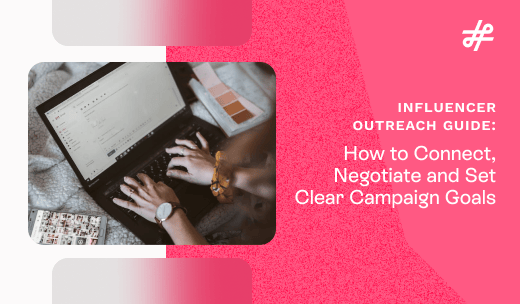




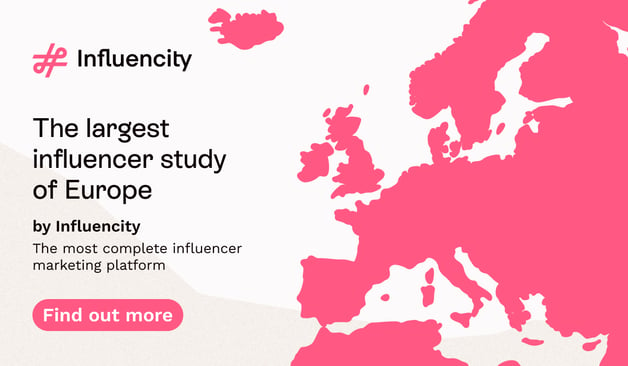

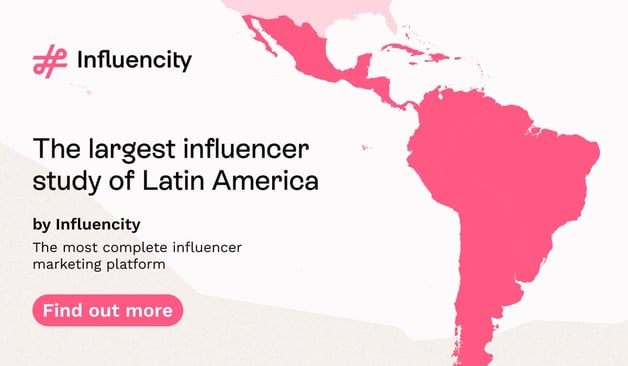


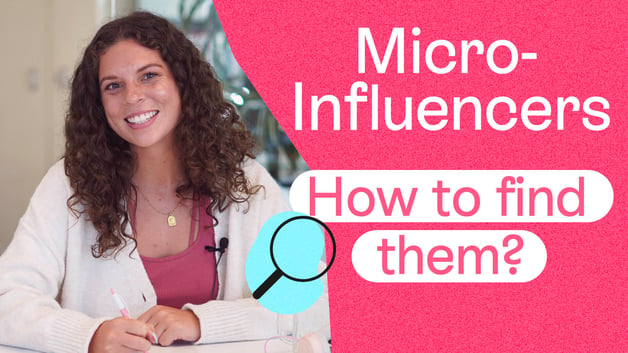


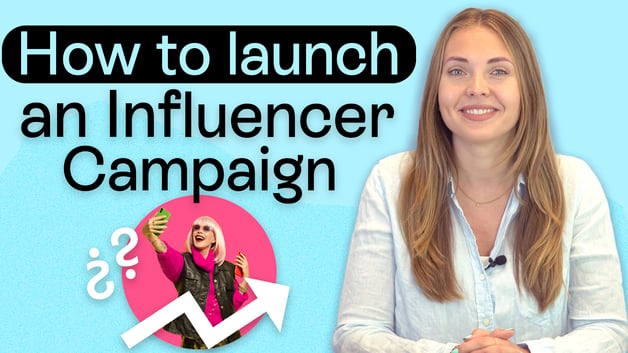

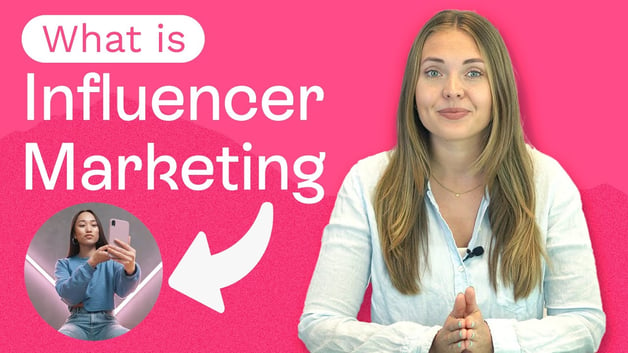

%20and%20How%20Can%20They%20Benefit%20Your%20Brand%20article.jpg?length=628&name=What%20Are%20Key%20Opinion%20Leaders%20(KOL)%20and%20How%20Can%20They%20Benefit%20Your%20Brand%20article.jpg)
